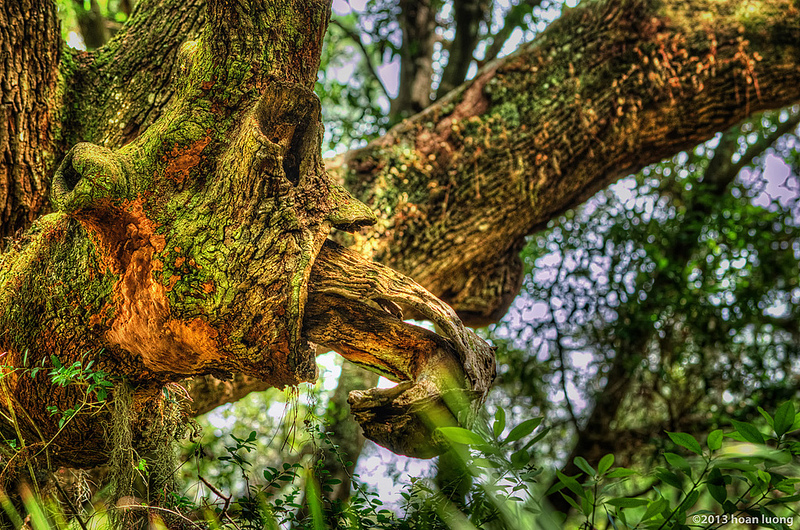New Scientist
Image: hoan luong
The crypt gall wasp (Bassettia pallida) is a master manipulator. It parasitises the sand live oak tree, encouraging it to form hollow galls – or “crypts” – in its woody stems. Young wasps develop inside the crypts through the second half of the year, chewing their way out to emerge as adults the following spring.
At least, most of them do. Some crypt gall wasps don’t make it: they begin to chew their way out several months earlier than expected, but stop while the exit is still only as large as their head. Then they die, with their head blocking the hole.
Kelly Weinersmith at Rice University in Houston, Texas, and her colleagues examined about a dozen of the “head blocked” crypts. In all but one case they found the larvae or pupae of a smaller wasp – Euderus set – living as a parasite inside the larger B. pallida wasp, slowly eating it. Read more on newscientist.com…








